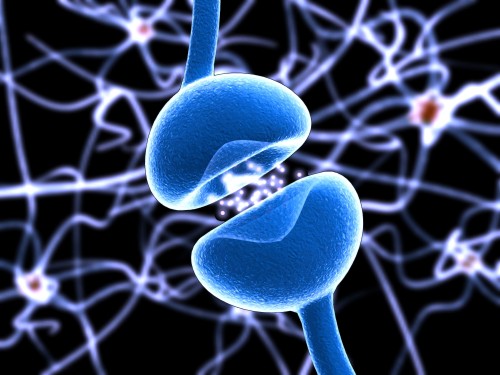Scientists have succeeded in building a fully functional neuron using organic bioelectronic components. The artificial neuron does not contain any "living" parts, and at the same time it is able to imitate the activity of a human nerve cell and communicate with other cells in the same way that the natural neurons in our body work

[Translation by Dr. Nachmani Moshe]
Scientists at the Karolinska Institute in Stockholm have succeeded in building a fully functional neuron using organic bioelectronic components. The artificial neuron does not contain any "living" parts, and at the same time it is able to imitate the activity of a human nerve cell and communicate with other cells in the same way that the natural neurons in our body work.
Neurons are isolated from each other and communicate with each other with the help of chemical signals called neurotransmitters, or signaling substances. Inside the neuron, these chemical substances are converted into an electrical potential, which moves along the axon of the neuron to its end. At this end point, the synapse, the electrical signal causes the release of chemical substances that can affect the next nerve cell in the sequence.
To date, the main method of neuronal stimulation in human cells is based on electrical stimulation. In contrast, scientists from the Swedish Medical Center for Nanosciences (SMNC) in collaboration with researchers from Linköping University in Sweden, have now succeeded in developing an organic bioelectronic device capable of receiving chemical signals and transmitting them to human cells. "Our artificial neuron consists of electrically conductive polymers and it functions just like a human neuron," said lead researcher Agneta Richter-Dahlfors, professor of cellular microbiology. "The sensory component of the artificial neuron senses the change originating from the chemical signal occurring in one plate, and translates it into an electrical signal. This electrical signal next causes the release of the neurotransmitter acetylcholine in the second plate, and its effect on living human cells can be measured."
The researchers hope that their research findings, published in the scientific journal Biosensors & Bioelectronics, will improve treatments for neurological diseases that are currently dependent on traditional electrical stimulation methods. The new method makes it possible to stimulate neurons based on defined chemical substances coming from different parts of the body. In the future, the researchers hope, the method will allow doctors to bypass damaged nerve cells and restore neuron activity.
"In the next step, we would like to miniaturize this device so that it can be implanted inside the human body," said the lead researcher. "We predict that in the future, using the idea of wireless communication, it will be possible to place the bio-sensor in one part of the body and cause the release of neurotransmitters in locations far from it. Thanks to the use of self-regulating sensing and material transfer systems such as these, or even remotely controlled, it is possible to imagine new and exciting opportunities for research and future treatments of neurological diseases."
Article Summary
The news about the study
More of the topic in Hayadan:

7 תגובות
@Yigal
So wandering through the "Space and Astronomy" section will be more effective than the "Brain" section.
Want more about space
I hope it's not just a bluff...
If this is true, it is a significant breakthrough for the relationship
Between the nervous system and computers…
Nice technology, but it seems to me like another step on the way to the matrix...
What wonderful news.
Now we will connect the above development with the "blue brain" project, and here we have the day when humanity repairs and transplants damaged/degenerating parts of the brain.
Now it remains to wait until they finish with this huge scientific project.
Humans can be given new senses
For example, magnetic field sensing for communication between people without the need for a cell phone
or for navigation in space.
Of course the brain will have to learn to use the new signals
And research offering a solution to this problem has yet to be attempted.
skynet?